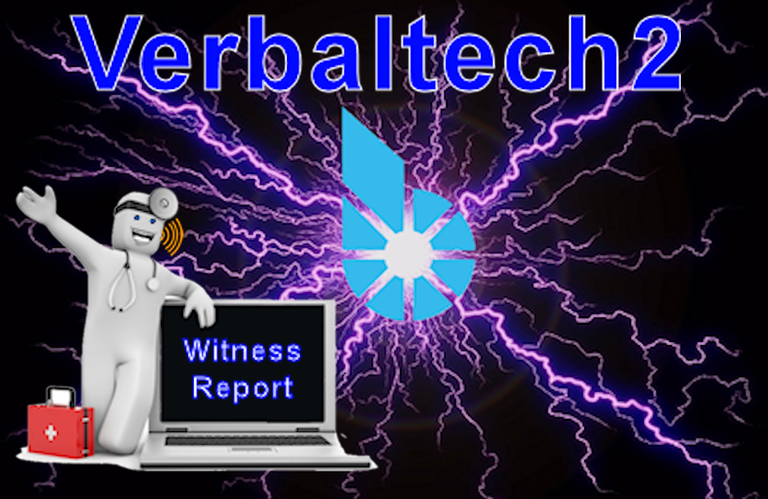
I have ordered new 64GB servers to replace unreliable hosts. Seed05 has continued to be a problem in February, but I have been unable to upgrade until now for various reasons. The upgrade will be done in the next few days.
I resumed feeding BTWTY, although it is still in the black swan state until a bidder offers adequate collateral to buy the asset’s debt. I have added the HERTZ asset to my price feeds using the reference python script provided by @cm-steem, who has since improved the code and updated his documentation for it. I tried to publish with a new version of bts_tools (0.6.0b1), but @wackou has not completed the changes to that version yet and my attempt to use it failed.
Failover protection is working but I continue to tweak it. Two parameters can be adjusted: 1) Missed blocks threshold, 2) Reset after N good samples. I have not changed the former, which is set to 3. However, the second parameter will reset the program’s missed block counter if N samples occur with no more missed blocks. The bigger N is the longer the program has to accumulate missed blocks. Setting N too low can disable switching entirely.
There was another reduction in the number of witnesses from 21 down to the current 19. Here is the market summary since last month (all prices via CMC): BTC=$10,956.40, BTS=$0.235, STEEM=$3.24, PPY=$5.49.
That's it for now. Have a great weekend!
France
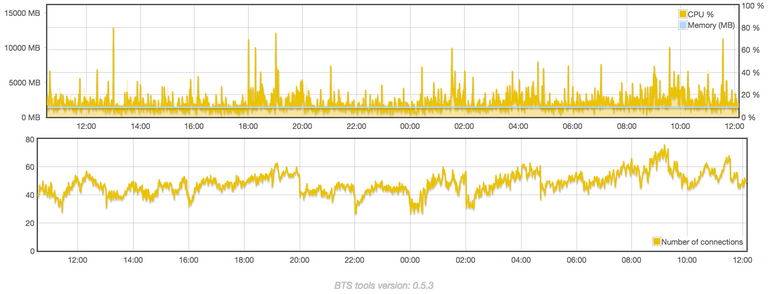
Romania (to be replaced soon)
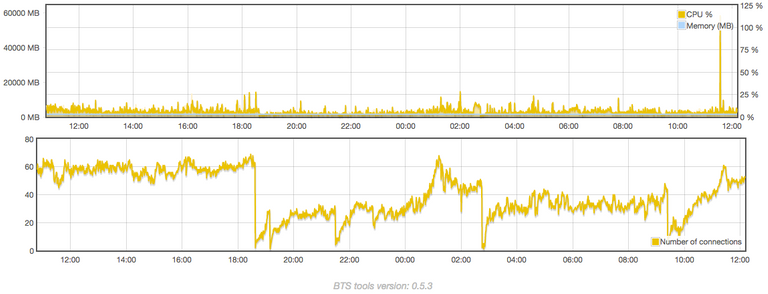
Germany
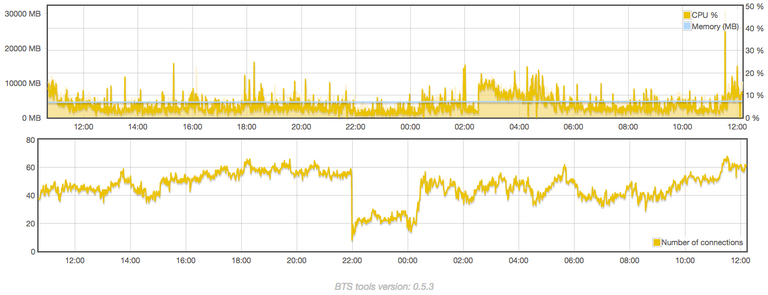
Japan
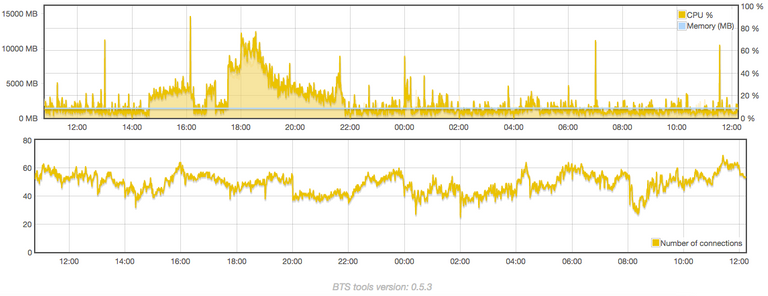
Floating / Extra Full Node:
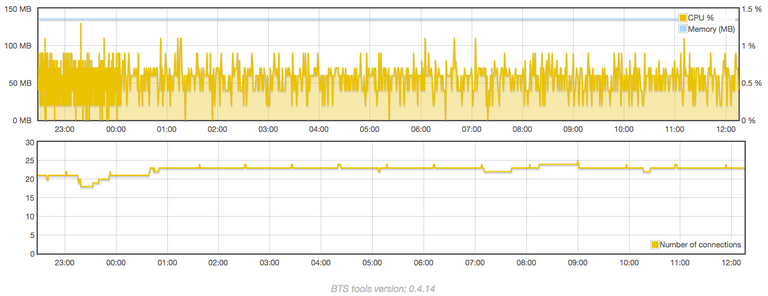
And the testnet server for BTS:
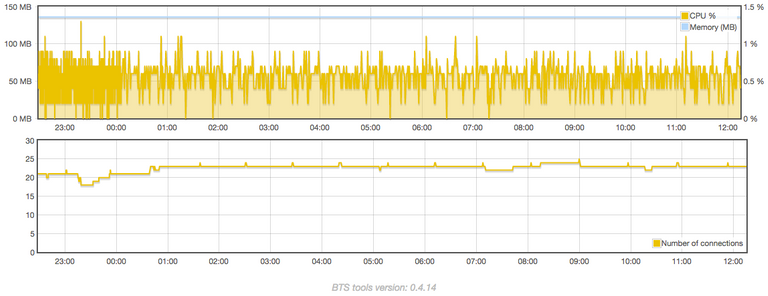
Verbaltech2
is greatly appreciated! Thanks for your time and attention
Ok, very good
are your nodes listed in the dex? if so which ones are they?
tia.
Verbaltech2
This is the juicy part. I'd like to hear about your experiences about how a host can be unreliable.
Isn't the server just online? Or did they have frequent power or internet outages? In this day and age, it is hard to imagine a host not being able to do the most simplest task:
Leave the server on, and running.
It's not actually as simple as that. As I'm sure you can imagine, there are variables beyond the control of a specific server provider or datacenter. Network routing is complicated. A DDOS can target the source or destination of a service's users.
When you see a sudden drop in the number of p2p connections it isn't obvious what the cause is, once you eliminate your own server as the cause (was it rebooted, did you forget to pay your server bill, did logs fill the disk and similar "internal" problems under the control of the witness).
Ahh, that makes sense. Thanks.